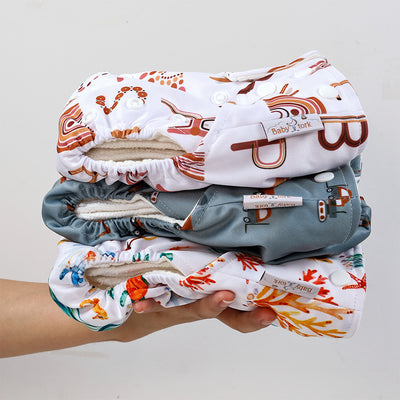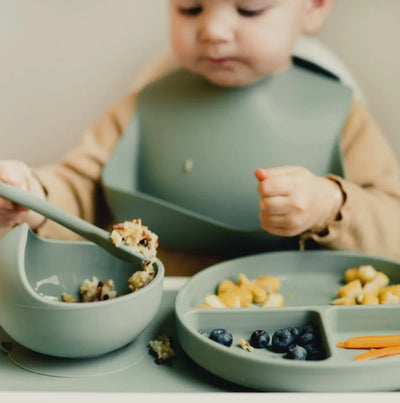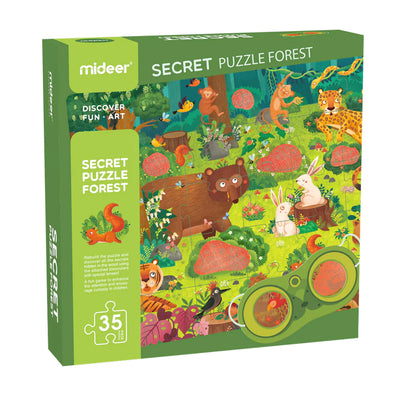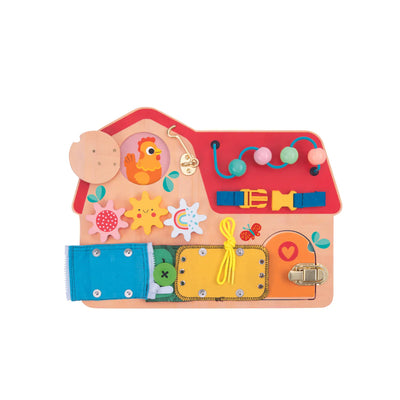Play is essential to the physical and cognitive development of babies, toddlers, and young children. During this developmental phase, it is paramount that infants and children are provided with ample play opportunities, which should include access to a wide variety of toys, including sensory toys.
Young infants and children learn and develop rapidly – a baby of only a few months old is already absorbing copious amounts of information from the surrounding world, much of which is learned via touch and stimulation of the senses. Therefore, the toys and type of play that babies and toddlers engage with significantly influence their learning experience. Therefore, creating a sensory environment from a young age is beneficial in many ways and can contribute towards early development and education.

What Is Sensory Play?
Sensory play is any activity that involves stimulating a young child’s senses. The five reasons include taste, touch, sight, hearing, and smell – they are used from birth to help children make sense of the world around them.
Engagement in sensory play is sometimes described as the foundation of all skills; children subsequently learn in their later years, such as reading, writing, and solving mathematical problems. This type of play helps to develop the senses and build cognitive skills, stimulating a child’s brain development.
What Are Sensory Toys?
Sensory toys come in a variety of different forms - all of which are designed to engage a child’s attention both physically and cognitively by stimulating one or more of the five senses:
Sight – Vibrant colours and contrasts in interior nursery décor or toys can captivate an infant or young child’s attention and stimulate visual interest.
Hearing – Sensory toys and objects which make noise can help to support auditory engagement. Such types of sounds may be rustling, bells, whistles, crinkling, or other percussion instruments and so forth.
Touch – Whilst all materials are essentially tactile, the form and finish of children’s toys can vary considerably, with contrasting types of materials ranging from soft and fluffy to hard and bumpy.
Smell – Specific aromas can stimulate the sense of smell and provoke curiosity.
Taste – Toys that provide oral satisfaction or pleasant tastes may include teething rings or other similar types of toys.

Different Types of Sensory Toys
- Rattles
- Percussion instruments
- Crinkly books
- Sensory shapes
- Wooden teething beads
- Shiny surfaces
- Toys with mirrors
- Xylophones
- Activity walkers
- Activity tiles
- Mobiles
What Are the Benefits of Sensory Play?
A wide range of developmental benefits to infants and young children are offered by sensory play, including but not limited to the following:
Cognitive Stimulation
Sensory play can help to strengthen brain development, enhance memory and the ability to complete more complex tasks, as well as help to improve hand-to-eye coordination.

Language Development
Being given sensory toys encourages children to talk about new textures and shapes, subsequently stimulating language practice and the use of words associated with the toys or activities they are engaged with.
Fine and Gross Motor Skills
Fine motor skills deal with the ability to coordinate small muscle groups responsible for more fiddly tasks such as writing, tying shoelaces, etc. Gross motor skills are defined as the coordination of larger muscle groups responsible for activities such as walking, running, and jumping. Tactile play in infants and young children can aid the development of both fine motor skills and gross motor skills with toys such as the baby gym, helping to stimulate movement and activity for babies.
Social Interaction
Sensory toys can help to encourage young children to play more interactively, promoting social skills such as sharing/turn-taking, communication, decision-making, and confidence.
Calming and Comforting
A restless infant or young child can be calmed by playing with a sensory toy – it may help them to regulate their internal discomfort – even if it is due to boredom or another type of discomfort.
Awareness
Active sensory play helps children to develop a sense of their surroundings and become more alert. Helping babies and toddlers become aware of which information is useful and what can be filtered out.
Good Fun!
Last but by no means least, sensory play is fun and exciting for infants and young children – encouraging them to explore and investigate the world around them.

Creating A Sensory World
Creating a sensory environment can be achieved through the use of sensory toys as well as other types of furnishings and decorations, providing a simple and effective way to stimulate brain development and allowing infants and young children to build up an understanding of objects, spaces, people, and interactions.





